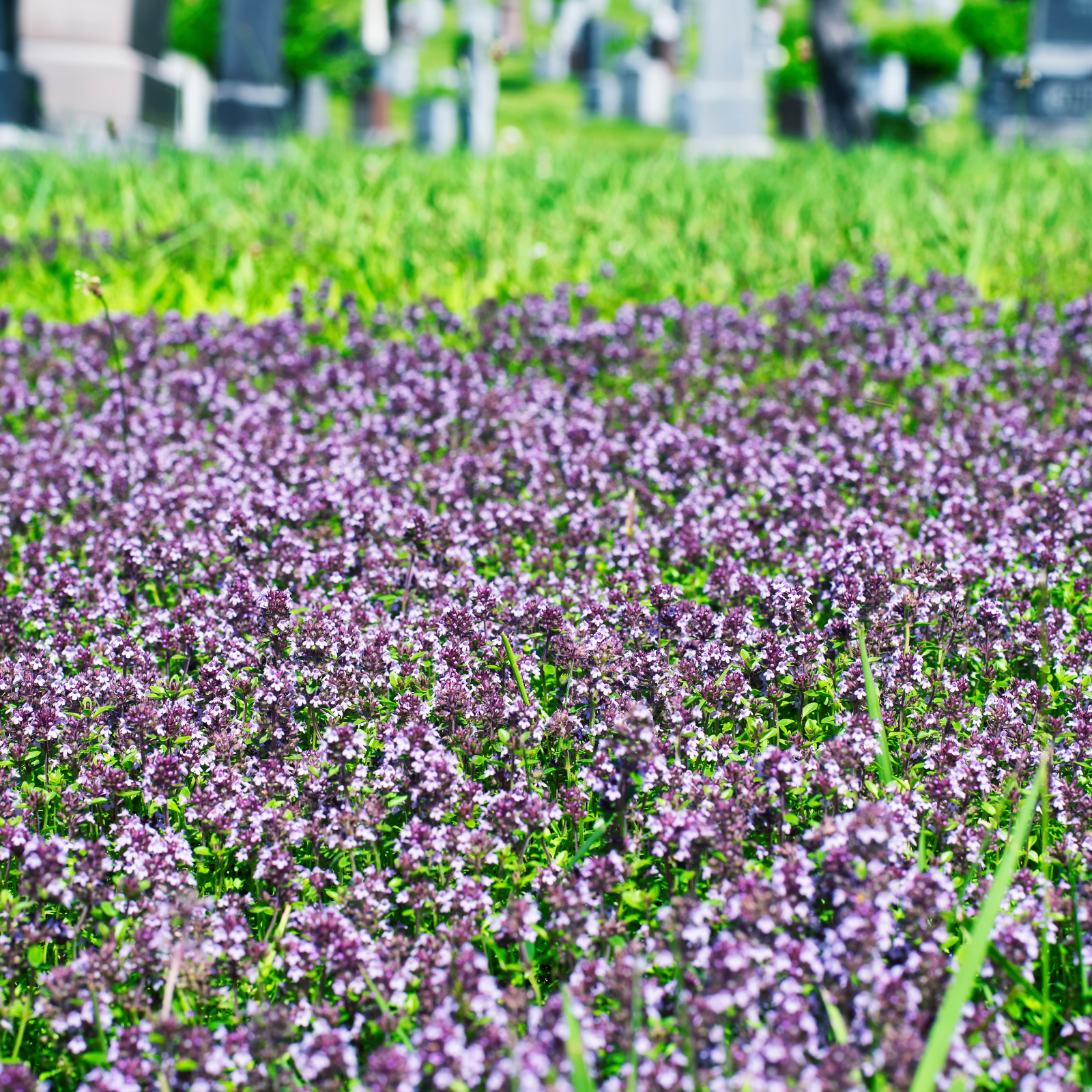Thalictrum Meadow Rue Growing: Learn About The Care Of Meadow Rue Plants

Thalictrum meadow rue (not to be confused with rue herb) is an herbaceous perennial found either in shaded woodland areas or partially shaded wetlands or swamp-like areas. Its genus name is derived from the Greek ‘thaliktron,' so named by Dioscorides in reference to the plant's compound leaves. Meadow rue growing in the wild has compound foliage with lobed leaflets, which look somewhat akin to columbine leaves, upon which clusters of white, light pink, or purple flowers are borne during May through July. Thalictrum meadow rue is dioecious, that is it bears male and female flowers on separate plants, with the male flowers tending to be a bit more spectacular in appearance. A member of the Ranunculaceae family (Buttercup), meadow rue growing in the wild or home garden also has wing-like seeds, giving it a year-round ornamental look.
How to Grow Meadow Rue
Meadow rue plants prefer fertile, moist, well-drained soil. The plants will attain a height of between 2 and 6 feet (.6-2 m.) depending upon the cultivar planted, of which there are quite a few. If you are growing an especially tall variety, staking may be required to keep the plants from falling over. Alternatively, you can space your meadow rue plants close together in groups of three or more, so they support each other. Depending upon variety, meadow rue plants can grow outdoors in USDA hardiness zones 3 though 9. They grow best in partial shade. They can tolerate full sun, but they perform best under these conditions in cooler climates and if the soil is kept sufficiently moist. In very cold climates, mulch plants in winter to help insulate them from the cold. Propagation of meadow rue is via spring division of plants or through seed dispersal. Seeds can be planted either in spring or autumn. Finally, in the care of meadow rue, make sure to keep the plant moist but not too wet. While meadow rue has no significant insect or disease problems, it is prone to powdery mildew and rust, especially if it's allowed to stand in water.
Types of Meadow Rue
There are quite a number of meadow rue varieties. Some of the most common are as follows:
- Columbine meadow rue (T. aquilegifolium) is a 2 to 3 foot (61-91 cm.) tall specimen found in zones 5 to 7 with showy mauve blooms.
- Yunnan meadow rue (T. delavayi) is 5 feet (1.5 m.) tall and flourishes in zones 4 to 7. As its name implies, it is native to China.
- Yellow meadow rue (T. flavum) reaches 3 feet (1 m.) tall in zones 5 to 8 with yellow, multiple blooms in summer and is native to Europe and eastern Mediterranean.
- Dusty meadow rue (T. flavum) grows 4 to 6 feet (1-2 m.) tall with creamy yellow flowers in dense clusters in summer, blue green leaves, tolerates heat, and native to Spain and northwest Africa.
- Kyoshu meadow rue (T. kiusianum) is 4 to 6 inches (10-15 cm.) tall and is found in zones 6 to 8 (native to Japan) with lavender flowers in summer on green mats of foliage with bronze tinge; good in rock gardens and walls.
- Low meadow rue (T. minus) is between 12 and 24 inches (31-61 cm.) tall, forming a dense clump which thrives in zones 3 to 7; branched panicle above leaves with greenish yellow flowers not particularly showy; green or gray green foliage resembling that of maidenhair fern and native to Europe.
- Lavender Mist meadow rue (T. rochebrunianum) at a whopping 6 to 8 feet (2 m.) tall is suitable for zones 4 to 7 with lavender violet flowers (no true petals, only petal-like sepals) with many primrose yellow stamens, leaves similar to maidenhair fern, and native to Japan.
Whichever varietal works for your climate, meadow rue makes a lovely addition to a wildflower garden, as a border accent, or along woodland landscapes and other natural areas.
Gardening tips, videos, info and more delivered right to your inbox!
Sign up for the Gardening Know How newsletter today and receive a free copy of our e-book "How to Grow Delicious Tomatoes".

Amy Grant has been gardening for 30 years and writing for 15. A professional chef and caterer, Amy's area of expertise is culinary gardening.
-
 Get Ready For A Summer Of Hummers! Grow These Full Sun Hummingbird Plants and Flowers
Get Ready For A Summer Of Hummers! Grow These Full Sun Hummingbird Plants and FlowersIf you’re lucky enough to enjoy a sunny backyard, make sure you are maxing out on your pollinator opportunities and grow these full sun hummingbird plants and flowers
By Tonya Barnett
-
 12 Lush Alternatives To A Lawn For Sustainable Spaces
12 Lush Alternatives To A Lawn For Sustainable SpacesAlternatives to a lawn are beautiful and also beneficial to your local ecosystem and its pollinators. Explore our top picks for plants to replace grass.
By Tonya Barnett